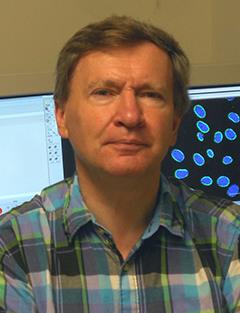The Igor Prudovsky Lab

Igor Prudovsky, Ph.D., D.Sc.
Associate Professor
We study the molecular mechanisms underlying tissue repair. We are particularly interested in the role played by mitochondria.